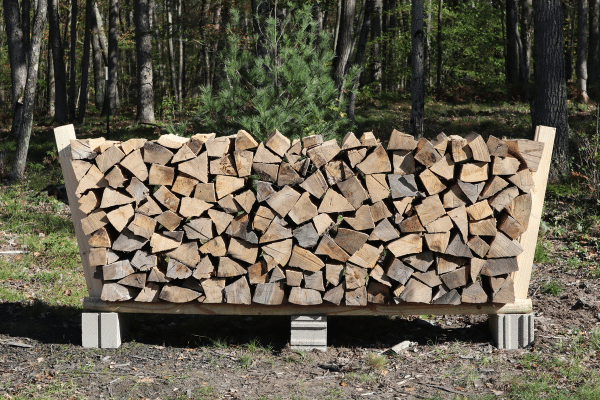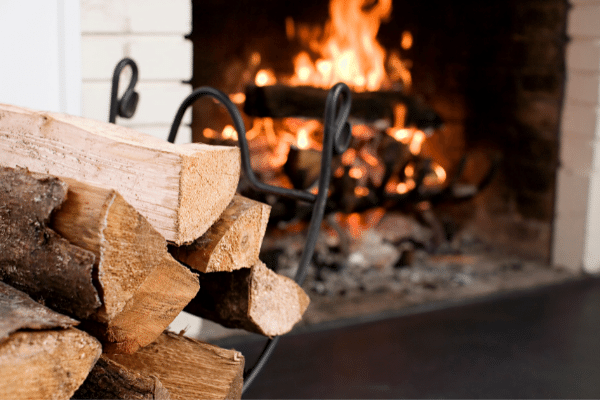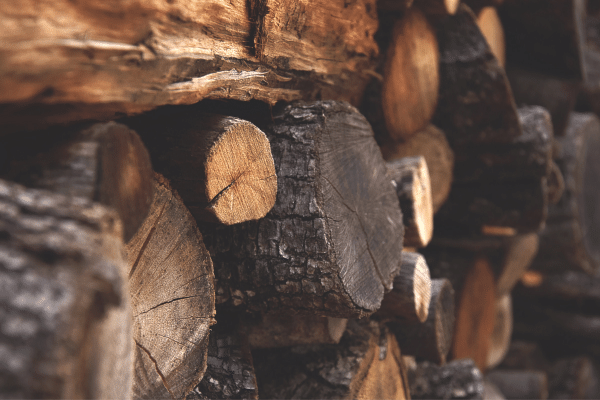- Home
- Types Of Firewood
- Is Willow Good Firewood
Is Willow Good Firewood?
This post may contain affiliate links so I earn a commission.
The cinematic-looking willow tree has many uses, but is willow good firewood?
Although the willow tree looks like it lives forever, eventually it will fall, and when it does we need to know if it’s worth harvesting.
I’ll tell you one thing, it’s not my first choice when I want to fill the wood shed.
But, it is wood, and it does burn.
So, is it useful in your fireplace or wood stove this winter, or is it better suited for a bonfire you're enjoying on a cool summer night?
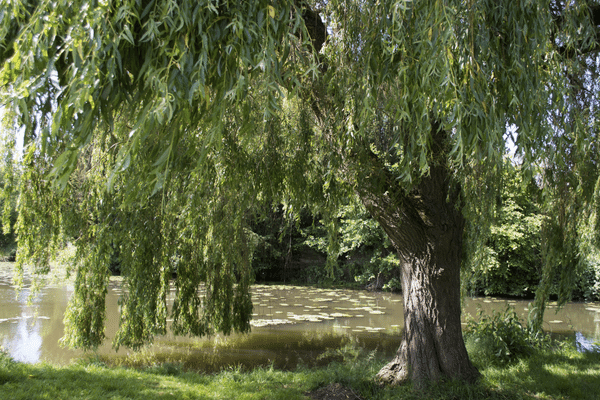
In this article, we’re going to identify key characteristics of this wood,
and ultimately answer our question, is willow good firewood?
About The Willow Tree
Did you know the willow tree was actually the first aspirin?
The bark from the tree has medicinal values, that when used properly create a natural painkiller.
Now don’t go chew willow bark the morning after having too many around the campfire.
But if you’re ever in a survival situation and you need mild pain medicine, willow shavings from the inner bark, some water, and fire, is all you need.
Although the willow is technically classified as a hardwood, the wood is very soft, so it's not ideal for lumber.
However, the malleable branches are perfect for weaving baskets and other projects.
25% of willows are spread throughout Asia and Europe.
Though for America we're lucky, 75% of the willow trees in the world are located here.
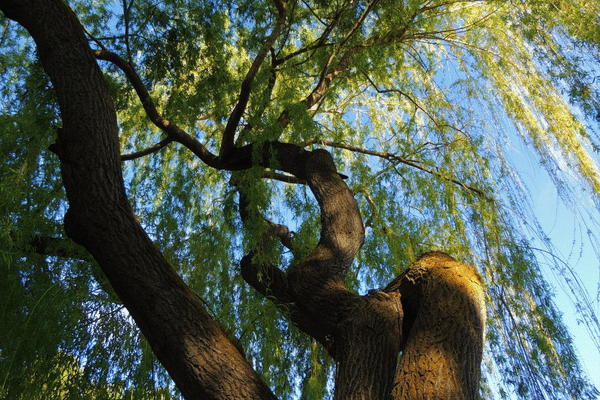
The willow species, which is also referred to as
sallows and osiers, is made up of over 400 trees and bushes.
Most commonly though, we know the weeping willow and red willow.
The tree produces wood that is very soft, so the capability of remaining strong over time for construction is ruled out.
But, the willow tree is used naturally for erosion control and vegetation filtration.
It’s actually used in helping filter agricultural wastewater.
The tree can be found next to creek beds, ponds, and lakes.
It acts as an anchor and a natural filtration system for the ecosystem surrounding it.
The large weeping array of branches is a great place for wildlife to live and prosper as well.
Interestingly enough, the willow tree does have a lot of symbolic meaning.
The willow tree is actually referenced in almost every religion throughout time.
It's been the tree of protection, the tree of grief, and even the tree of luck.
Although, when it rains, the raindrops fall off the leaves making it look like the tree is crying.
That's where it gets the name “weeping” willow.
So, the tree of grief sounds the most accurate.
Is Willow Good Firewood To Burn?
In the scheme of everything considered, willow is not ideal for heating or used as firewood.
It omits a low output of heat, with minimal sparks, and burns pretty quickly.
Plus, if it's not seasoned well, the wood can leave behind unwanted creosote.
So it's not ideal for your chimney unless the wood is fully dry.
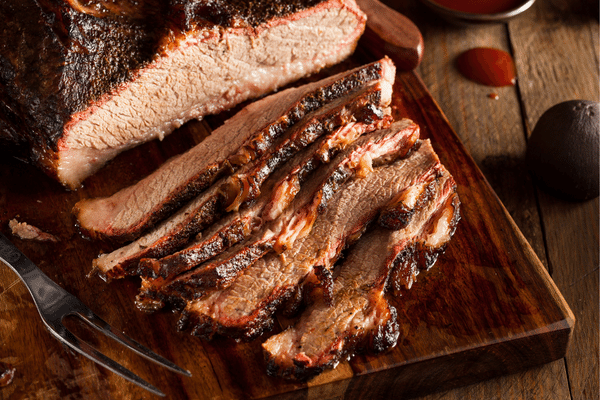
This wood does have some delicious benefits when burned properly.
Since the heat output is so low (17.6 million BTUs per cord), it's not going to heat your house the best.
But, smoking a brisket is perfect for it.
So no, willow wood is not toxic.
The best willow species to use for smoking is the red willow variety, becuase it adds a slightly sweet taste.
If it is readily available, and you don’t want it to go to waste it can still be used in the fireplace.
I recommend using it as a kindling or as a fire starter, but if you have an abundance, use it in the early season before temperatures get too cold.
Just remember to only use willow firewood once it is seasoned properly, which takes about 12 months.
After colder temperatures arrive, stick to popular hardwoods like oak, maple or beech, and mix the willow in.
Although it's not an ideal source of heat during the winter, using willow as campfire wood works great!
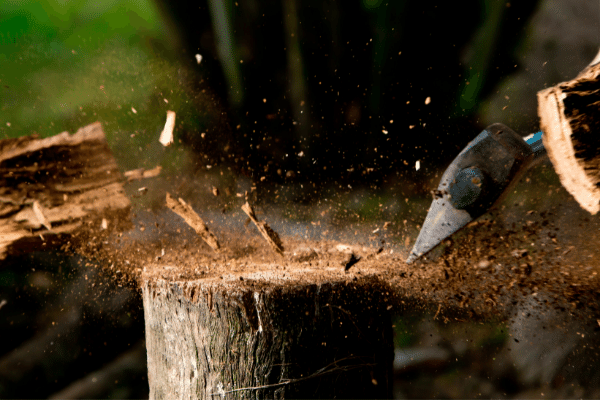
The wood produces a low amount of smoke, so you won't need to constantly rotate around the fire as the smoke chases you.
And while you’re saving time not moving away from the smoke, you can easily split this firewood.
Since willow is light and soft (after it's dry) it definitely is not the worst wood to move.
However, when the wood is wet or green, it's pretty heavy because the moisture content is so high within the tree.
Although good for the campfire, you may want to have some extra wood on hand to use when you're going to cook.
Willow doesn't produce a good coal base or heat source, so your barbeque chicken will take an undesirable amount of time to cook.
Is Willow Good Firewood - Overall
The willow tree is the most mysterious tree growing in the woods.
Used in many ceremonies and rituals, the creepy, yet beautiful tree does have a history and purpose.
We don't bury family under the weeping willow anymore.
But, we still are getting benefits out of this prehistoric beast of a tree, though ideal firewood is not one of them.
She stands 30-40 feet tall and equally as wide on the spread.
The base of the tree is three to four feet wide, creating really large rounds that are difficult to move when cut into firewood.
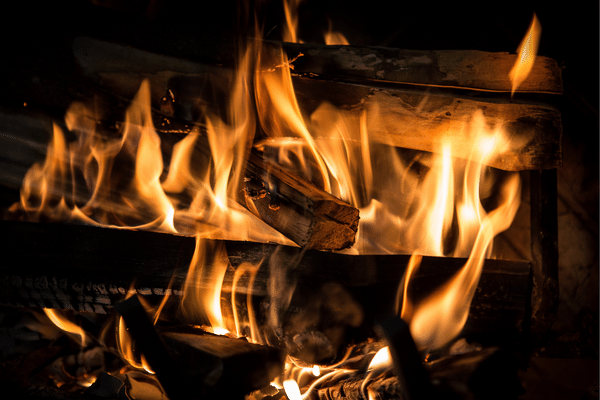
This girthy giant is easily identifiable.
So, once you locate one, remember these few key factors:
Key Factors Of The Willow Tree
- The willow species in general has a low heat production - only 17.6 million BTUs per cord
- Willow firewood takes a long time to the season - averaging 12 months to properly dry
- The branches are capable of bending and twisting - ideal for weaving
- Willow trees are not toxic
- Willow wood is great for smoking food, primarily the red willow which has the best flavor
- Willow is not the best firewood, but it makes good kindling or campfire wood
- Great natural aspirin - salicin is found in the bark and is a mild painkiller
- A willow tree is a natural vegetation filter - used to filter wastewater from agricultural land
- A willow is identified by its wide-spread, weeping branches, and wide base
